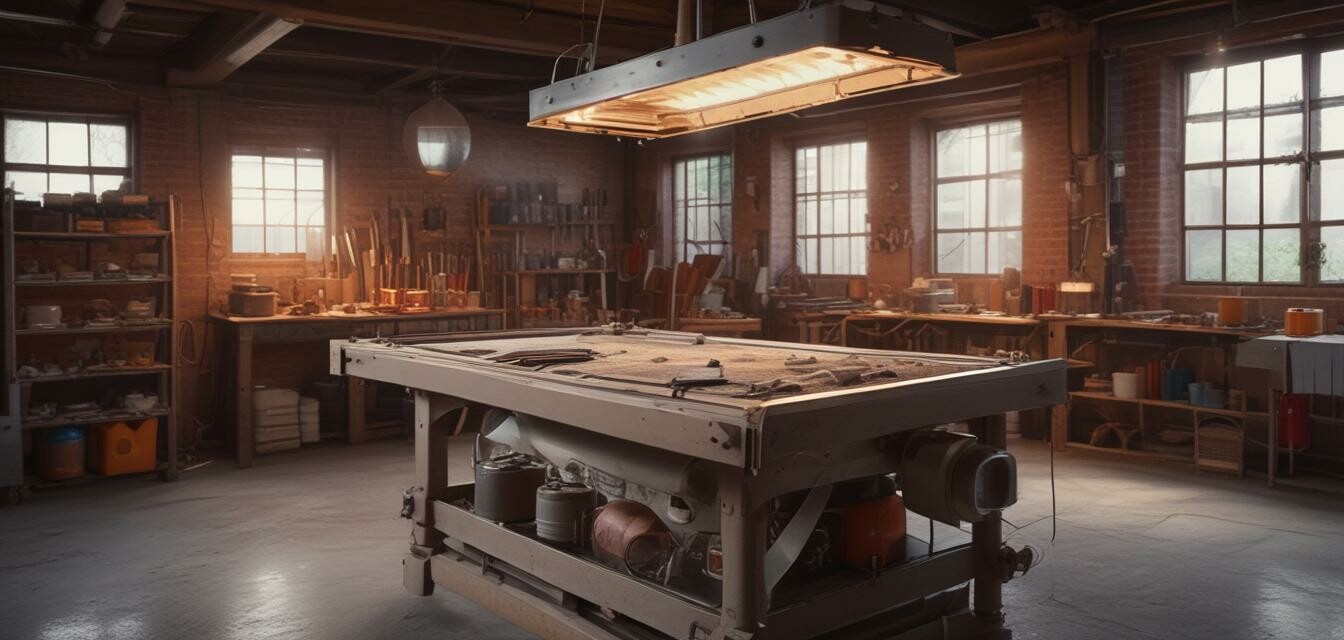
Kiln maintenance: Advanced tips for 2025
Key Takeaways
- Regular maintenance enhances kiln performance and longevity.
- Understanding kiln components is crucial for effective upkeep.
- Effective cleaning methods can improve firing results.
- Detailed inspections might reveal potential issues before they escalate.
As glass making evolves, so does the technology involved in kilns. Maintaining your kiln with advanced techniques ensures that it operates at peak efficiency, delivering the best results for your art projects. In this article, we'll explore essential maintenance practices tailored for 2025, helping you keep your kiln in top shape.
Understanding your kiln components
In order to maintain your kiln effectively, it's important to understand its main components:
| Component | Description |
|---|---|
| Heating elements | Responsible for achieving the desired temperature within the kiln. |
| Kiln shelves | Provide a platform for glass pieces during firing. |
| Thermocouple | Measures the temperature inside the kiln. |
| Insulation | Keeps heat contained, ensuring efficient energy use. |
| Control panel | Allows the user to set programs and monitor kiln operations. |
Regular maintenance practices
Adopting a regular maintenance schedule can help you catch small problems before they become major issues. Here are some practices to consider:
- Inspect heating elements every few months to ensure they aren't worn or frayed.
- Check the condition of kiln shelves for damage or excessive wear.
- Clean thermocouples and make sure they’re working correctly.
- Examine the kiln door seals to ensure proper insulation.
- Monitor the control panel for any error codes or irregularities.
Effective cleaning methods
Keeping your kiln clean is essential for optimal performance. Here are some effective cleaning methods:
Cleaning tips
- Use a soft brush to remove any dust or debris from the interior.
- Wipe down the control panel with a damp cloth to remove grime.
- Regularly remove any buildup on kiln shelves using a non-abrasive cleaner.
- Apply kiln wash to shelves to prevent glass from sticking.
Detailed inspections
Performing detailed inspections can help you spot potential issues early. Here’s how to approach it:
- Conduct a visual inspection of all electrical connections.
- Listen for unusual sounds when operating the kiln; they may indicate a problem.
- Measure the temperature accuracy using an external thermometer.
- Evaluate the kiln’s ability to hold temperature during firing.
- Document any changes in performance for future reference.
Seasonal maintenance checklist
To help you stay on track with your kiln maintenance, refer to the seasonal maintenance checklist below:
| Season | Tasks |
|---|---|
| Spring | Inspect and clean heating elements, check cord and plug for wear. |
| Summer | Review temperature accuracy, assess thermocouple condition. |
| Fall | Deep clean kiln shelves, replace any worn insulation. |
| Winter | Check for any temperature fluctuations during operation. |
The importance of proper ventilation
Proper ventilation helps in maintaining an optimal kiln environment, reducing risks of overheating and ensuring safety during operation. Ensure that your kiln:
- Has enough clearance around it for proper airflow.
- Is installed in a well-ventilated area to dissipate any gases released during firing.
- Is kept away from flammable materials.
Conclusion
By implementing these advanced maintenance techniques for your kiln, you can ensure its longevity and performance throughout 2025 and beyond. Interested in exploring more about glass kilns and their maintenance?
Visit our blog on glass kilns for additional tips, and check out our product selection for kilns available for your next project!

